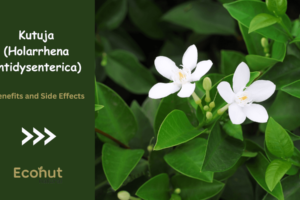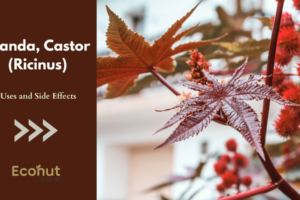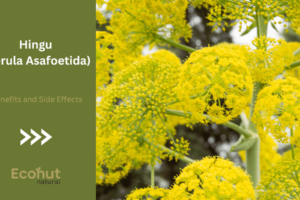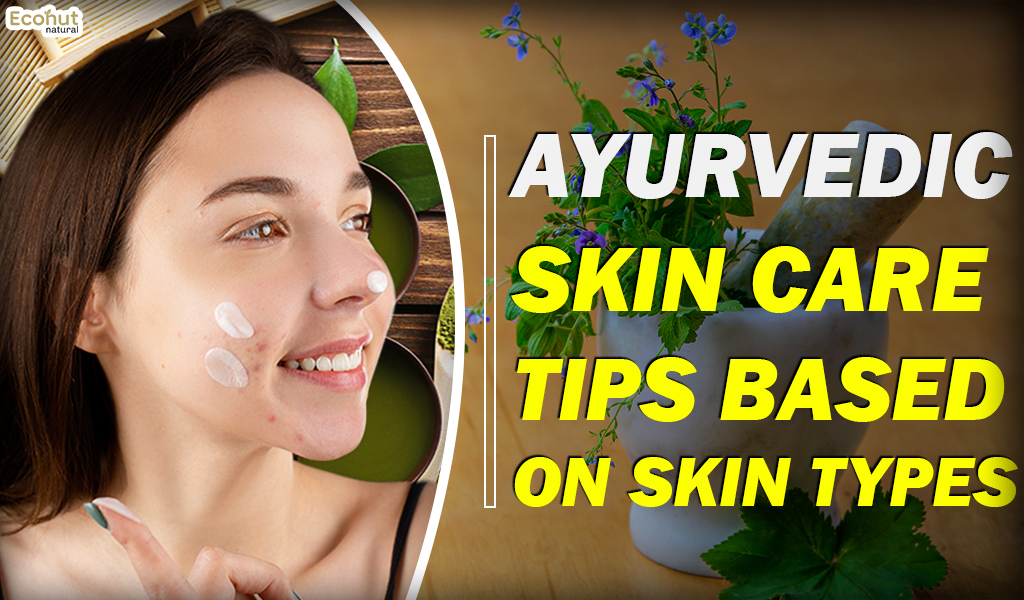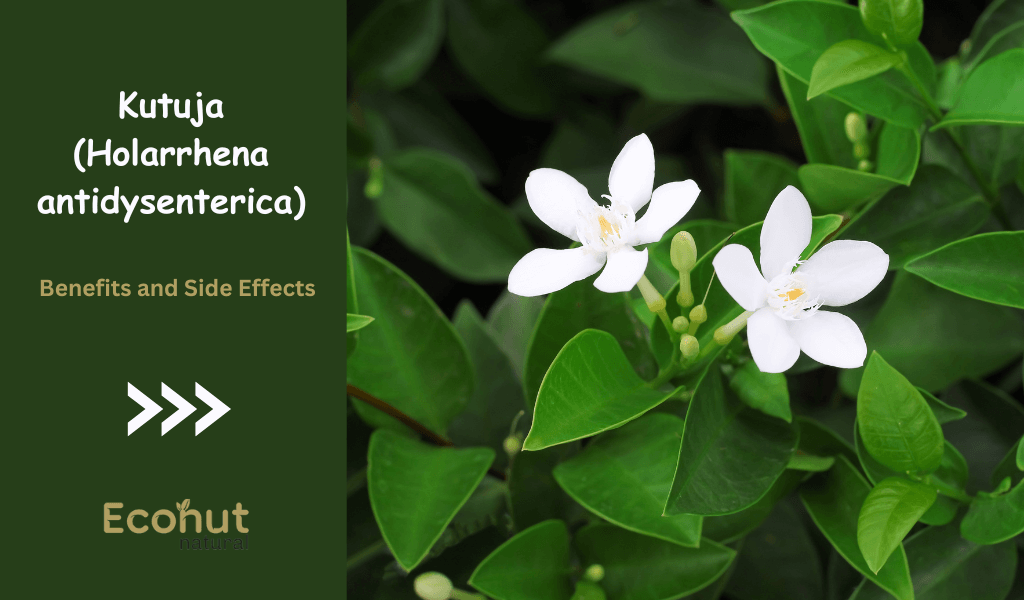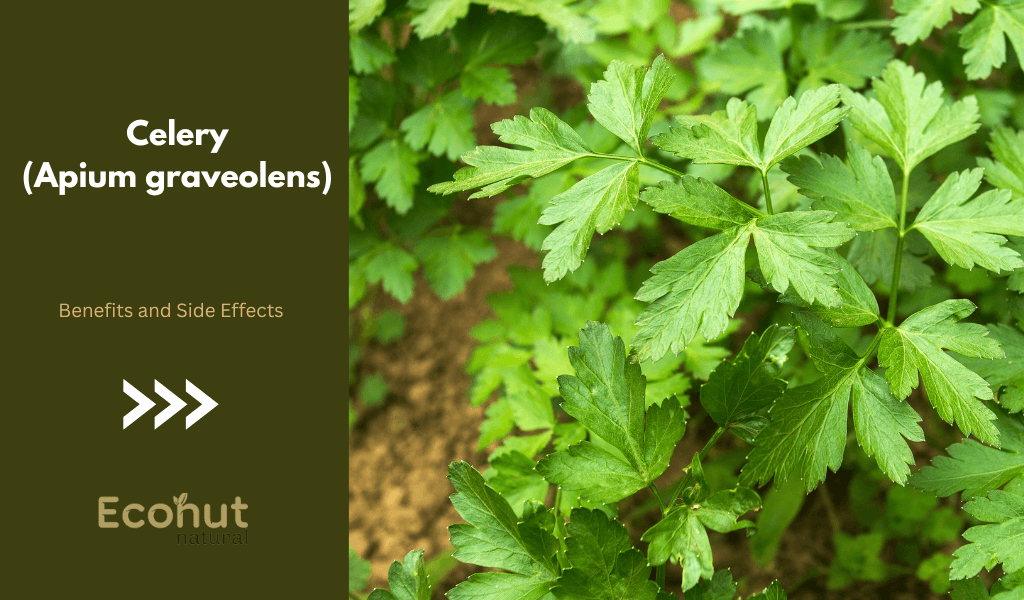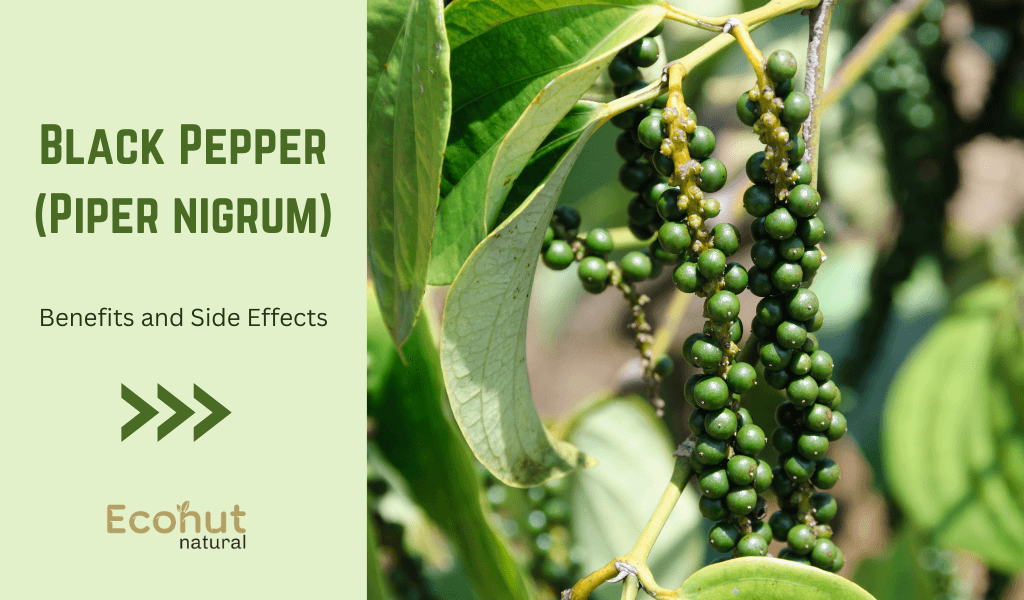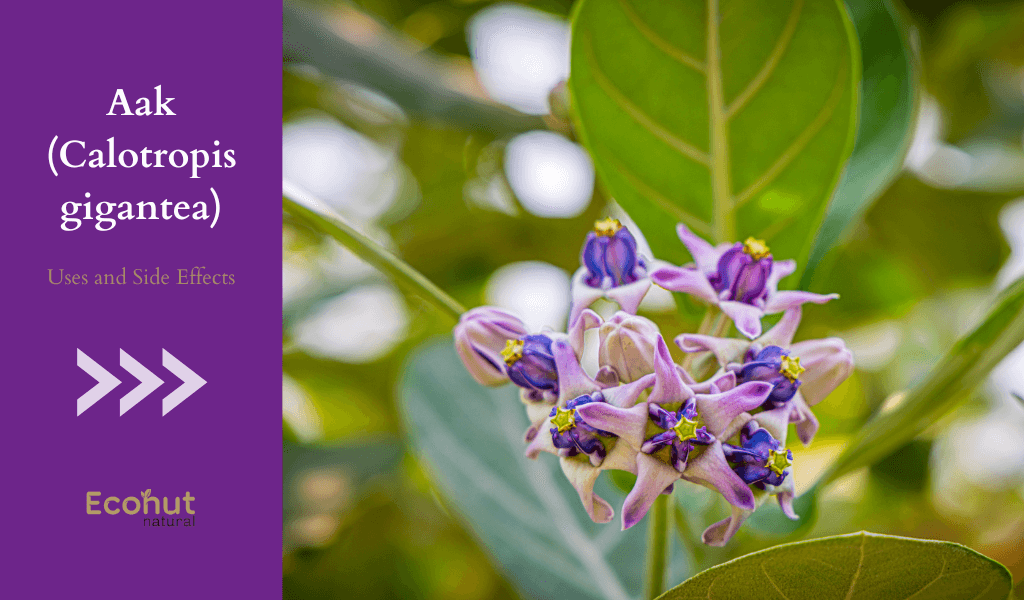Ayurvedic skin care refers to the five sense organs as the main gates of the human body because they allow us to experience the outer world. Skin is one of the most important sense organs known as the “touch organ.” It is believed that a person’s skin state is a highly accurate indicator of their general health.
Skincare supplements come in a variety of varieties that are suitable for various individuals, but understanding the vast range of factors that must be taken into account before choosing the finest option is first essential.
It’s essential to identify a person’s predominant Dosha before beginning any Ayurvedic skin care regimen and then as with all Ayurvedic therapies.
Depending on whether a person has a Vata and Pitta, Kapha and Dosha type, and then different skin types, issues may arise.
Finding the proper balance of these Dosha in the human body determines the kind of skin and potential disorders.
Understanding Skin Type
Ayurvedic skin care regimens depend on skin type.
In Ayurvedic skin care and the three Dosha are said to determine a person’s skin type. The structure of the body, and then the mind is made up of these bioenergetics, or life, forces. As follows:
Vata (wind)
Pitta (fire)
Kapha (water and earth)
Vata:
A Vata-dominant individual is said to have dry and rough skin that wrinkles easily if it is not moisturized often and according to Ayurvedic skin care tradition.
Varalakshmi Yanamandra, an Ayurvedic health coach and head of Ayur Wellness & Pain Centre, and then states that Vata-type skin has fewer fat deposits and requires more moisturizing, both inside and out.
She advises important using moisturizers with oil and eating warm spices like ginger.
To minimize dry skin and she also suggested employing the antiquated Indian herb Ashwagandha in a face mask.
Pitta:
High-Pitta individuals frequently have oily skin that might be prone to rosaceous and acne.
This type of skin requires more cooling ingredients and such as aloe vera and sandalwood (which reduces acne and redness), and then turmeric (which is anti-inflammatory), according to Yanamandra.
The Kapha Dosha is characterized by cold and oily skin prone to breakouts and then whiteheads, and then water retention. Yanamandra advises using a dry brush to exfoliate and stimulate the lymphatic system and eliminate clogs.
She also advises avoiding creams with oil as an ingredient and frequently using face masks.
Dry skin:
A skin type that produces less sebum than typical skin is described as having “dry” skin. The lipids required to seal in moisture and act as a barrier against the elements are absent from dry skin.
Sebum deficiency is the leading cause of this.
The function of the border is subsequently compromised. There are many different types and severity levels of dry skin (Neurosis) and which are not always easy to discern.
The amount of sweat and the water flow to the deeper layers of skin influence how moist the skin is.
Normal skin:
Skin that is balanced is referred to be “normal.” The forehead, nose, and then chin are collectively known as the T-zone and may be oily in people with this skin type.
Sebum and skin hydration are balanced despite this. Under these conditions, and then the skin would not be too dry or oily.
A typical skin type allows for adequate blood circulation thanks to its tiny pores and soft, velvety, and then smooth texture.
Oily skin:
To define a type of skin that generates more sebum and the word “oily” is commonly employed. Larger and then more noticeable pores that shine brilliantly are typically associated with oily skin.
One of the additional traits is a pale complexion.
In such cases and the blood vessels could not be seen. In addition to different types of acne and blackheads, whiteheads are frequently seen on oily skin.
On top of the face, the throat, shoulders, and chest can all have mild acne.
Combination skin:
These skin types have a wide variety of T-zone and cheek characteristics and from noticeably smaller areas to one that is noticeably wider.
The oilier areas of the mixed skin type are brought on by excessive sebum production. The combination skin may be dry because there are insufficient lipids and sebums.
Ayurvedic Facials at Home
Herbal treatments called Ayurvedic facials are used to address skin-related problems.
For particular skin types and some businesses may provide Ayurvedic facial kits.
These can be applied to a standard Ayurvedic skin care regimen. Important for medicinal products and you should speak with an Ayurvedic doctor nonetheless.
Aarushi Singhal, creator of Blend It Raw Apothecary and then an expert in skincare formulation and suggests a brief at-home facial and a straightforward massage.
All Dosha should use sesame oil, and Vata and Pitta skin types should use almond oil, and then according to Singhal.
Simply massage the oil into the skin using circular strokes. Ayurveda skin care frequently uses kumkumadi oil or Manjistha (Rubbia Cordifolia) oil for face treatments.
Manjistha oil may help cure acne since in some previous reviews of studies from 2011 (Trusted Source):
Anti-inflammatory
Antibacterial
Anti-androgenic
DIY Ayurvedic Face Mask Recipes
Most Indian homes, and then like the one I grew up in and are likely to have the cooking supplies required for a traditional face mask on hand.
Bengal gram (chickpea) flour is the most commonly used flour. For a traditional Indian skin care recipe and then you may make it into a paste by adding a bit of turmeric and milk, lime juice, or rose water.
It’s crucial to remember that different skin types necessitate various sorts of skincare and according to Ayurveda.
Additionally, and then if you have any concerns about the ingredients in a DIY face mask and it’s essential to seek medical advice.
For Vata, Pitta, and Kapha skin types and our important specialists advise using different face masks and following specific regimens.
Vata Face Mask:
Ingredients:
- Chickpea flour and one tablespoon
- 1/8 teaspoon of turmeric powder
- 1/4 cup yogurt and chilled milk, or rosewater
Directions:
- The ingredients should be combined to form a paste.
- Apply it to the face and wait for 10 –15 minutes for it to start drying.
- Rinse with lukewarm water.
- Apply a moisturizer made of oil and you may also use sesame oil.
Pitta Face Mask:
Ingredients:
- Ensure there are no other ingredients or additives in the 1/4 cup of aloe vera gel.
- A couple of rosewater droplets
- 3 to 5 cotton balls
Directions:
- Use rose water-soaked cotton balls to apply a gentle cleanser to the skin.
- After applying aloe vera gel, and then please wait 10 to 15 minutes before removing it.
- Apply lukewarm water to rinse.
- Use a soft moisturizer and such as anything with geranium oil.
- 2-3 times each week, and repeat.
Kapha Face Mask:
Ingredients:
- One teaspoon of honey
- 1/8 teaspoon of turmeric powder
Directions:
- Combine the powdered turmeric and honey.
- Apply to the skin, and then wait 10 minutes before removing.
- Rinse and use lukewarm water.
Face Mask for all Skin Types
Ingredients:
- Two teaspoons of fine-oat flour
- Almond flour and then Two teaspoons
- 1/8 teaspoon of turmeric powder
- 2–5 drops of your preferred oil
Directions:
- Combine the components in powder form.
- Add a couple of oil drops.
- Give the skin a heavy covering and let it sit for 15 minutes.
- Apply lukewarm water to rinse.
- This paste can also be used to treat the entire body.
Conclusion
Ayurveda is the leading health approach for treating ailments and disorders of the skin. Ayurveda uses a multifaceted strategy to address skin problems.
Ingredients in the supplement help control skin infections and inflammation while enhancing skin health.
People who experience skin allergy symptoms will benefit from Ayurvedic treatment for allergies.
Ayurvedic skin care herbal remedies are made with natural components. They have existed for a very long time and represent the goodness of nature.
The vitamins are safe because they are all-natural. They are kind to the human body. You can support natural health by getting Ayurvedic treatments for skin issues.

